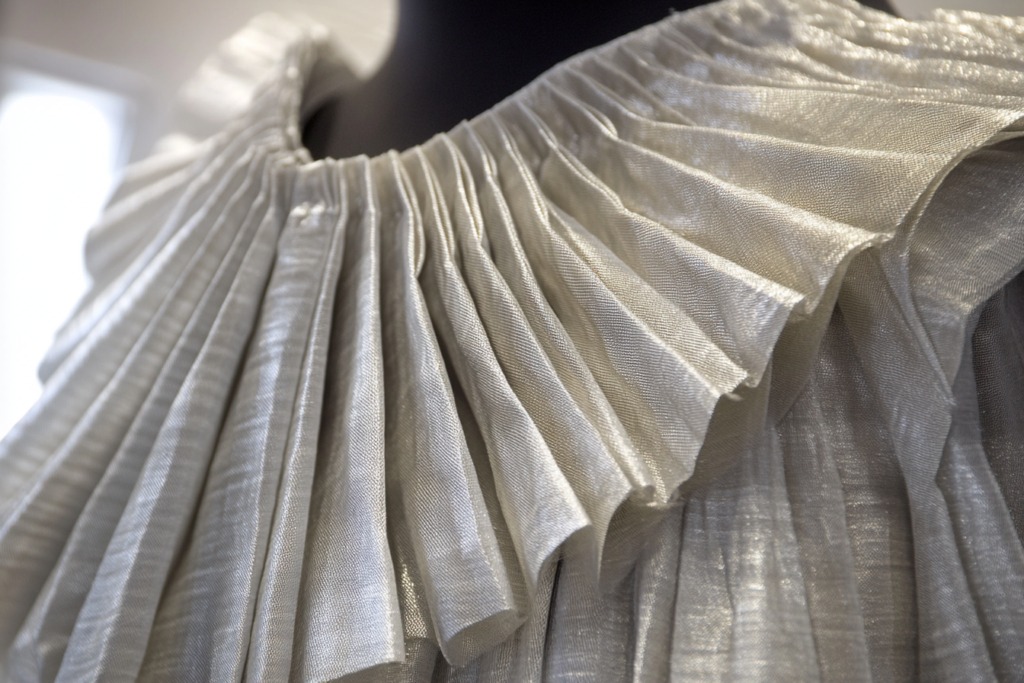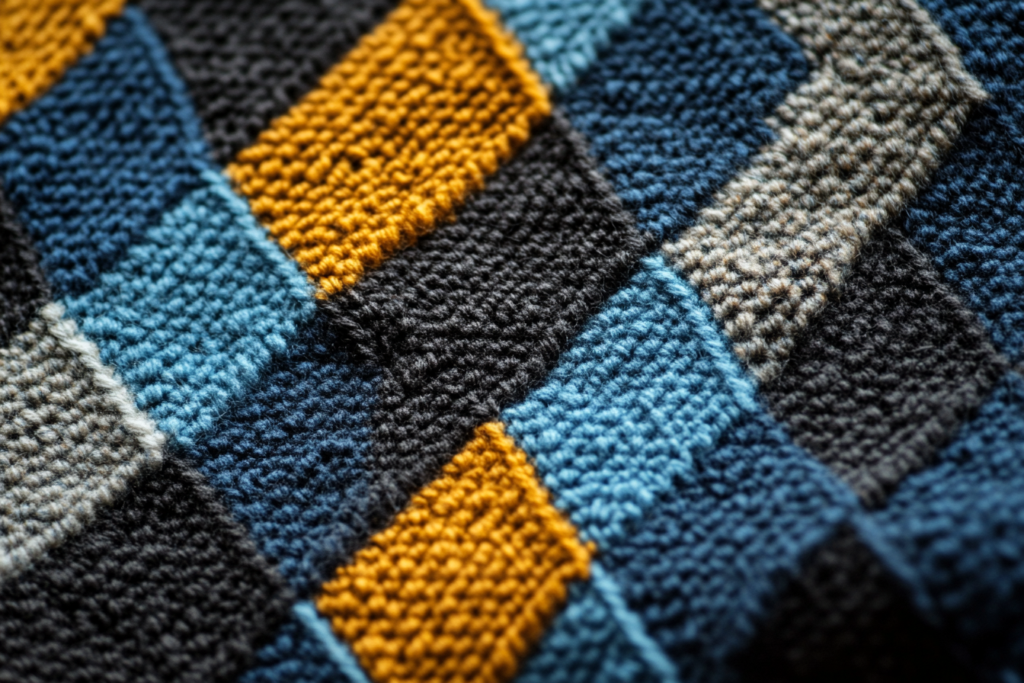Yarn Dye: The Process of Dyeing Yarn Before Weaving
Meta Description: Yarn dyeing involves dyeing the yarn before it is woven into fabric. Learn how this process is used to create vibrant, colorful textiles, such as plaid fabrics and more.
What is Yarn Dyeing?
Yarn dyeing is the process of dyeing the yarns before they are woven into fabric. This method differs from piece dyeing, where the entire fabric is dyed after it is woven. In yarn dyeing, the yarns are dyed in various colors and then woven into the fabric, resulting in a more complex color pattern. This technique is used to create designs like plaid, checks, and stripes, where multiple colored yarns are woven together to form the final pattern.
📌 Key Features of Yarn Dyeing:
- Pre-Dyeing Process: The yarns are dyed before being woven, allowing for vibrant and consistent colors.
- Pattern Creation: This method is often used to create fabrics with intricate patterns, such as plaid, gingham, and houndstooth.
- Durability: The colors are locked into the yarns, making them resistant to fading even after multiple washes.
How Yarn Dyeing Works
The process of yarn dyeing involves several steps:
- Selection of Yarns: The yarns to be dyed are selected based on the desired fabric properties (e.g., cotton, wool, silk).
- Dyeing the Yarns: The yarns are placed into a dye bath and dyed using different types of dyes, such as reactive dyes (for cotton) or acid dyes (for wool). The yarns absorb the color, resulting in vibrant and consistent colors throughout.
- Drying the Yarns: After dyeing, the yarns are thoroughly dried to set the dye and ensure the colors remain fixed.
- Weaving the Fabric: Once the yarns are dyed and dried, they are woven into the fabric using the appropriate weave pattern to achieve the desired design.
- Finishing: The fabric may go through additional finishing processes to ensure the yarn colors are properly set and the fabric is ready for use.
Advantages of Yarn Dyeing
📌 Vibrant Colors and Patterns
- Yarn dyeing offers the opportunity to create fabrics with intricate patterns, as the individual yarns are dyed in different colors before weaving. This allows for complex designs like plaid, checks, and stripes that are much harder to achieve with piece dyeing.
📌 Durability
- Since the yarns are dyed before weaving, the colors are integrated into the fabric itself, making them less likely to fade over time. This is especially important for fabrics that will undergo repeated washing or heavy use.
📌 Higher Quality
- Yarn dyeing results in high-quality, long-lasting fabrics. The color penetration is deeper compared to piece dyeing, which only dyes the surface of the fabric.
📌 Ideal for Special Fabrics
- Yarn dyeing is ideal for fabrics that require a lot of color variation and pattern, such as tweed, denim, flannel, and tartan fabrics.
Applications of Yarn Dyeing
📌 Plaid Fabrics
- Plaid fabrics are one of the most common applications of yarn dyeing. In plaid, yarns of different colors are dyed separately before being woven together to create the distinctive checked pattern. This technique ensures that the colors remain vibrant and consistent throughout the fabric.
📌 Tartan and Gingham
- Tartan fabrics, with their intersecting horizontal and vertical colored stripes, are often woven with dyed yarn. Similarly, gingham fabrics—characterized by their checkered patterns—are created using yarn dyeing to ensure that each square has a uniform color.
📌 Denim and Tweed
- Denim and tweed fabrics often use yarn dyeing to create complex patterns. In denim, the warp yarns may be dyed with indigo, while the weft yarns remain undyed, creating the characteristic blue-and-white weave. Tweed fabrics use multicolored yarns to produce its signature texture.
Illustration of Yarn Dyeing Process
Below is an illustration showing the yarn dyeing process, from selecting the yarns to dyeing them and finally weaving them into a fabric. This will help you visualize how different colors are incorporated into the yarns before weaving to create patterns like plaid, gingham, and more.

Conclusion: The Importance of Yarn Dyeing in Fabric Production
Yarn dyeing is an essential technique for creating vibrant, long-lasting fabrics with intricate patterns. By dyeing the yarns before they are woven, this method allows for more complex designs and ensures the durability of the fabric. Whether used for plaid, denim, or tweed, yarn dyeing plays a crucial role in producing high-quality fabrics that can withstand wear and washing while maintaining their vibrant colors.



